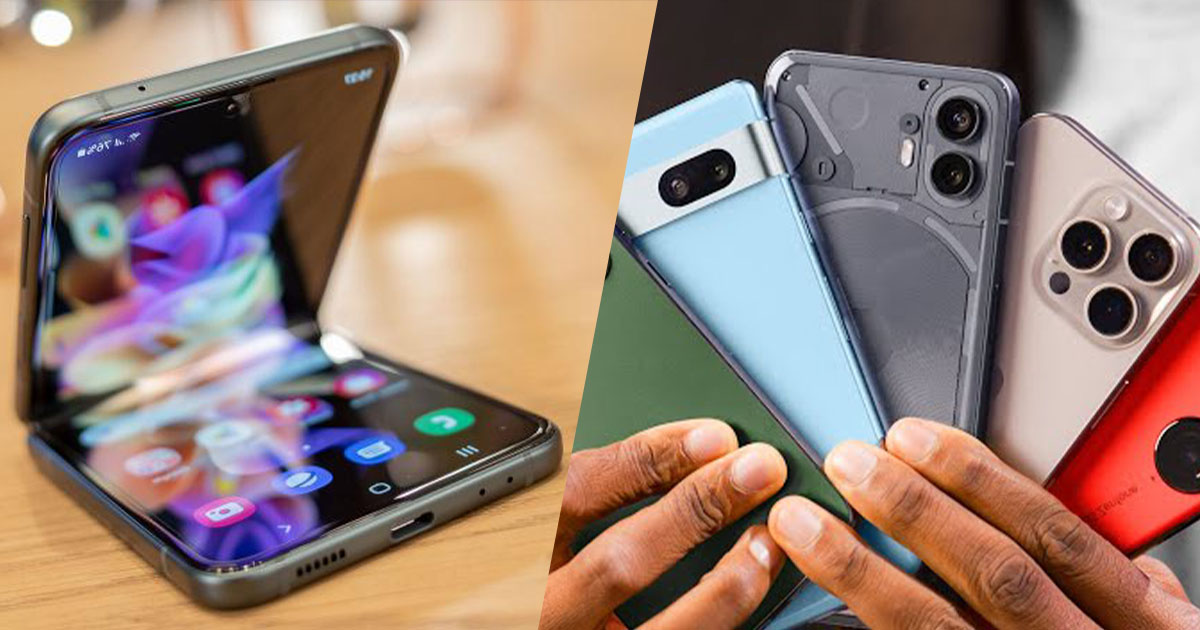Revolutionizing Connectivity: How Smartphones Are Evolving in the Digital Age

Smartphones have become indispensable tools for staying connected in the digital age, continuously evolving to meet the demands of modern life. Here’s how smartphones are revolutionizing connectivity and shaping the future of communication and interaction:
1. The 5G Revolution
- Enhanced Speed and Low Latency:
- 5G networks offer up to 100 times faster speeds than 4G, enabling seamless streaming, real-time gaming, and instant data transfers.
- Expanding Reach:
- Widespread 5G adoption is bringing high-speed connectivity to rural and underserved areas.
- What’s Next:
- 6G technology promises holographic communication and AI-driven network optimization.
2. Satellite Connectivity
- Emerging Trend:
- Smartphones like the iPhone 14 and Huawei Mate 60 Pro feature satellite communication for emergency situations.
- Applications:
- Essential for off-grid travelers, disaster response, and remote work in isolated areas.
- Future Outlook:
- Full satellite internet integration for consistent connectivity worldwide.
3. Wi-Fi 7 and Beyond
- Current Advancements:
- Wi-Fi 7 offers ultra-fast wireless internet, improved device handling, and reduced interference.
- Integration with Smartphones:
- Smartphones act as hubs for high-speed wireless networks in homes and workplaces.
- Future Potential:
- Seamless switching between cellular and Wi-Fi networks for uninterrupted service.
4. IoT and Smart Ecosystems
- Smartphone-Centric Connectivity:
- Smartphones are becoming command centers for smart homes, controlling IoT devices like thermostats, lights, and security cameras.
- Enhanced Interoperability:
- Technologies like Matter ensure devices from different brands communicate seamlessly.
- Next Step:
- Greater integration with wearables and AR devices for comprehensive ecosystem control.
5. AR and Mixed Reality Experiences
- Augmented Reality:
- Smartphones enable immersive experiences for navigation, gaming, and shopping through AR apps.
- Mixed Reality Devices:
- Smartphones connect with devices like the Apple Vision Pro to create richer virtual environments.
- Future Expansion:
- Widespread adoption of AR glasses powered by smartphones.
6. AI-Driven Personalization
- Smarter Assistants:
- AI-powered virtual assistants, such as Siri and Google Assistant, enhance communication and productivity.
- Network Optimization:
- AI optimizes connectivity, balancing between Wi-Fi, cellular, and satellite networks for the best experience.
- Future Developments:
- Predictive connectivity that anticipates and adjusts based on user habits.
7. Seamless Multi-Device Connectivity
- Cross-Platform Syncing:
- Smartphones now sync effortlessly with other devices, like laptops, tablets, and wearables, through ecosystems like Apple’s Continuity and Samsung’s DeX.
- Universal Connectivity:
- Features like Google Fast Pair and Nearby Share simplify interactions between devices.
- What’s Next:
- Unified ecosystems bridging multiple devices across various operating systems.
8. Edge Computing Integration
- What It Brings:
- Smartphones act as mini data centers, processing data locally for faster and more secure interactions.
- Applications:
- Real-time translations, AR processing, and AI-driven analytics.
- Future Impact:
- Smartphones will handle more tasks locally, reducing dependency on cloud infrastructure.
9. Enhanced Security and Privacy
- Advanced Encryption:
- End-to-end encryption for messaging apps and secure communication channels.
- Biometric Advancements:
- In-display fingerprint sensors and facial recognition provide both convenience and security.
- Future Trends:
- Quantum-resistant encryption to safeguard against emerging cyber threats.
10. Affordable Connectivity for All
- Bridging the Digital Divide:
- Low-cost smartphones and subsidized internet plans aim to connect billions globally.
- Government Initiatives:
- Programs like the Affordable Connectivity Program in the U.S. expand access to high-speed internet.
- What Lies Ahead:
- Universal access to digital connectivity as a fundamental right.
Conclusion: Smartphones as Connectivity Hubs
Smartphones are at the heart of the digital revolution, bridging people, devices, and services like never before. As technology evolves, these devices will further integrate into our lives, empowering global connectivity, productivity, and innovation.
Would you like to explore specific advancements in smartphone connectivity further?










